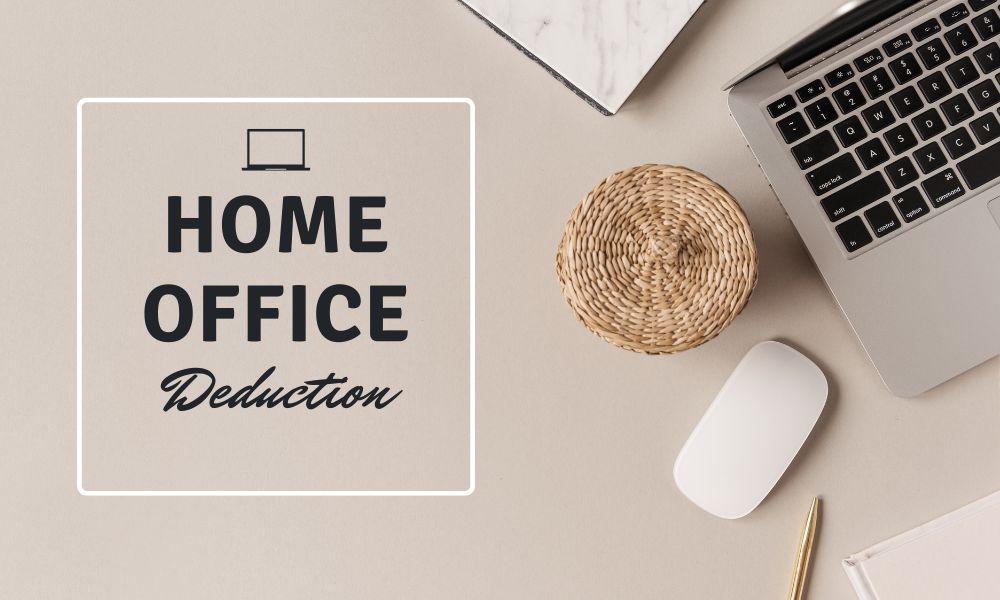
When you work from home, it’s beneficial to claim your home office as your principal place of business. This classification not only provides you with the valuable home-office deduction but also eliminates the need to account for commuting from your home to a regular office. Current tax law offers two ways to qualify your home office as a principal office, making it easier for you to maximize your deductions and simplify your tax filings.
The Supreme Court's decision in the case of Soliman established specific criteria for determining whether a home office qualifies as a principal place of business. According to these rules, the IRS considers two primary factors:
For example, let's consider Eddie, who spends 40 hours a week at his downtown office engaging in sales activities, and only 12 hours a week at his home office. Based on the Soliman rules, Eddie's downtown office is his principal place of business because it is where he performs his most important activities and spends the majority of his time.
In response to the Soliman decision, lawmakers amended the tax law in 1997 to provide an alternative method for qualifying a home office as a principal place of business. This change allows taxpayers to claim their home office as the principal office if:
This means that even if Eddie conducts his sales activities downtown, he can still qualify his home office as the principal place of business if he performs all his administrative tasks there and does not use his downtown office for such activities.
Under the original Soliman rules, Eddie would not qualify for the home-office deduction because his downtown office is where he performs his most critical work and spends the majority of his time. However, under the 1997 amendments, Eddie can still claim the deduction if his home office is the exclusive location for his administrative and management tasks.
Since Eddie handles all his administrative work from his home office, he meets the criteria set by the post-Soliman rules, allowing him to claim his home office as the principal place of business and take advantage of the home-office deduction.
When lawmakers addressed the home-office deduction in 1997, they did not eliminate the Soliman test. Instead, they provided an additional method for qualifying a home office as a principal place of business. You can now use one of two tests to claim your home office as a principal office:
By understanding and leveraging these rules, you can ensure that your home office qualifies as your principal place of business, allowing you to benefit from the home-office deduction and streamline your tax obligations.